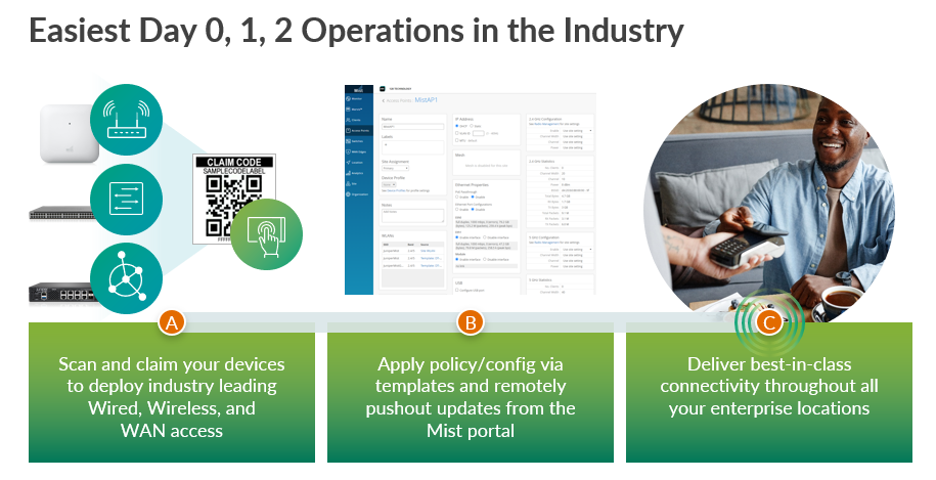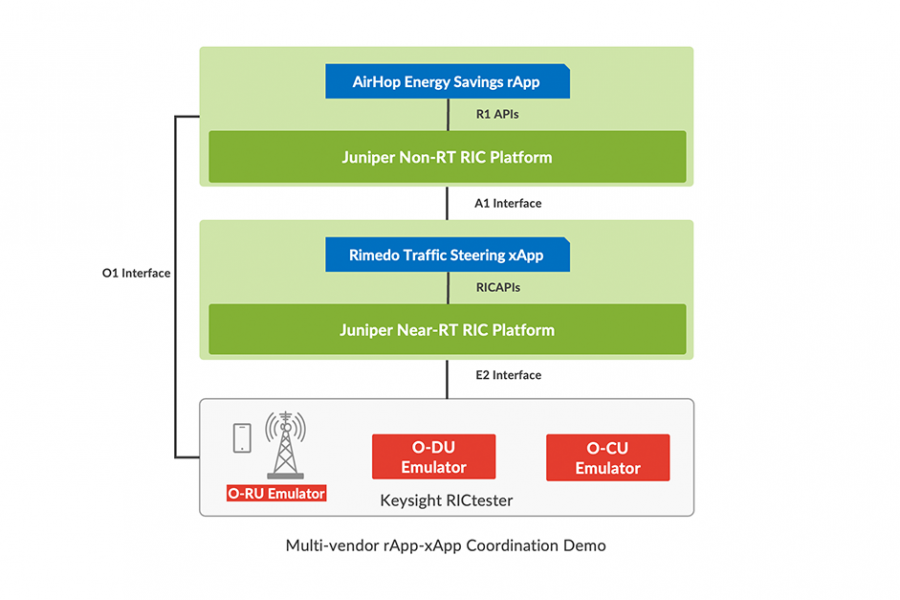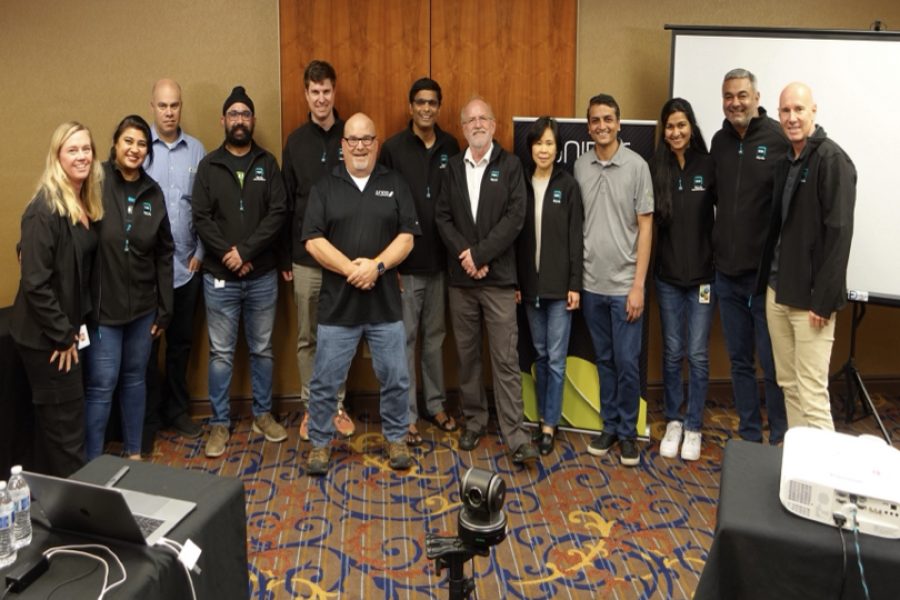 We talk a lot about the user experience here at Juniper Networks. We strongly believe that the future of networking lies in approaching networks in terms of the experience they provide to the end-user.
We talk a lot about the user experience here at Juniper Networks. We strongly believe that the future of networking lies in approaching networks in terms of the experience they provide to the end-user.
But when we talk about experience, there’s more to it than just an employee’s expectations that their network connection will be strong and always available, with seamless application performance. There is another side to user experience – the side of the network teams that are tasked with ensuring the network is operating at peak performance and providing the expected (and excellent) end-user experience.
Currently, there continues to be a labor shortage in the technology space, particularly among internal IT and networking teams. Many companies have had to go to great lengths to attract new talent and keep the talent they already had. In all this talk about the employee experience, it seems that there have been very few considerations made for the experience of these critical team members.
Now, we’re not saying that improving the job experience will solve the labor shortage problem, but it can go a long way at increasing the attractiveness of these positions.
Improving the Interface
Much of the technology that these in-demand networking professionals must deal with is, at best, outdated. There is traditionally a great deal of R&D put into how to improve the end-user experience, but little focus on the experience of network administrators. With software continuing to “eat the world,” and new apps being created every minute to help professionals manage all sorts of activities, why is it, for example, that some popular wide area networking (WAN) solutions still use archaic interfaces like command-line interface (CLI) to manage routers?
For background, CLI is the text-based way that administrators need to interact with a router. It’s also used to describe legacy interfaced with computers, programs and the like.
It goes without saying that CLI has been an extraordinarily useful tool over time and has allowed for technology to evolve to where it is today. The networks we all use, know and love wouldn’t be possible without CLI. But that doesn’t mean things cannot change and evolve. Car-mounted mobile phones and the MS-DOS operating system were great, too – in their respective time periods.
There is a better way. Engineers have already delivered a vastly superior interface to configure, deploy and manage networks – and it can be used to manage the full stack, across all wired, wireless and WAN connections.
One Portal for All
Juniper Networks’ Mist AI is here to provide the experience that network operators deserve. Mist AI removes the complexity of managing networks – and the experience can be improved for network professionals and end-users.
Mist AI does this through the combination of several technologies and solutions, such as artificial intelligence (AI), machine learning (ML) and other data science-based tools. Working together, they give network teams end-to-end insight into end-user experiences from client-to-cloud, helping to optimize and simplify operations across wireless, wired and SD-WAN connections.

Put simply, network administrators and other professionals tasked with managing networks no longer have to deal with outdated interfaces like CLI. With the power of Mist AI, Juniper brings together everything they need to be successful, all in one place. Mist AI lets them see and understand each and every connection, empowering them to be proactive when it comes to improving bandwidth and connections, or simply preventing issues such as lag or downtime before they can cause a problem.
Mist AI also powers Marvis, the industry’s first conversational, AI-driven network assistant. Marvis empowers networking professionals with extensive insight and guidance into the status of their network environment, identifying problems and offering up potential causes and solutions. It does this through a revolutionary natural language conversational interface – yet another step away from CLI and toward improving the experience of the professionals tasked with making a company’s networks work.
With Mist AI, network teams can save time and money with improved visibility, insight and knowledge, which leads to a faster problem resolution time and fewer onsite visits to troubleshoot or “trial-and-error” their way to a solution.
But above all, Mist AI brings the workplace experience of a network administrator into the current century by providing an interface based on knowledge, with easier interactions and help with problem solving when they need it. With Mist AI, network teams will no longer need to learn an outdated language to do their jobs successfully.
To continue learning more about how Mist AI is the next big leap in SD-WAN, click here.


